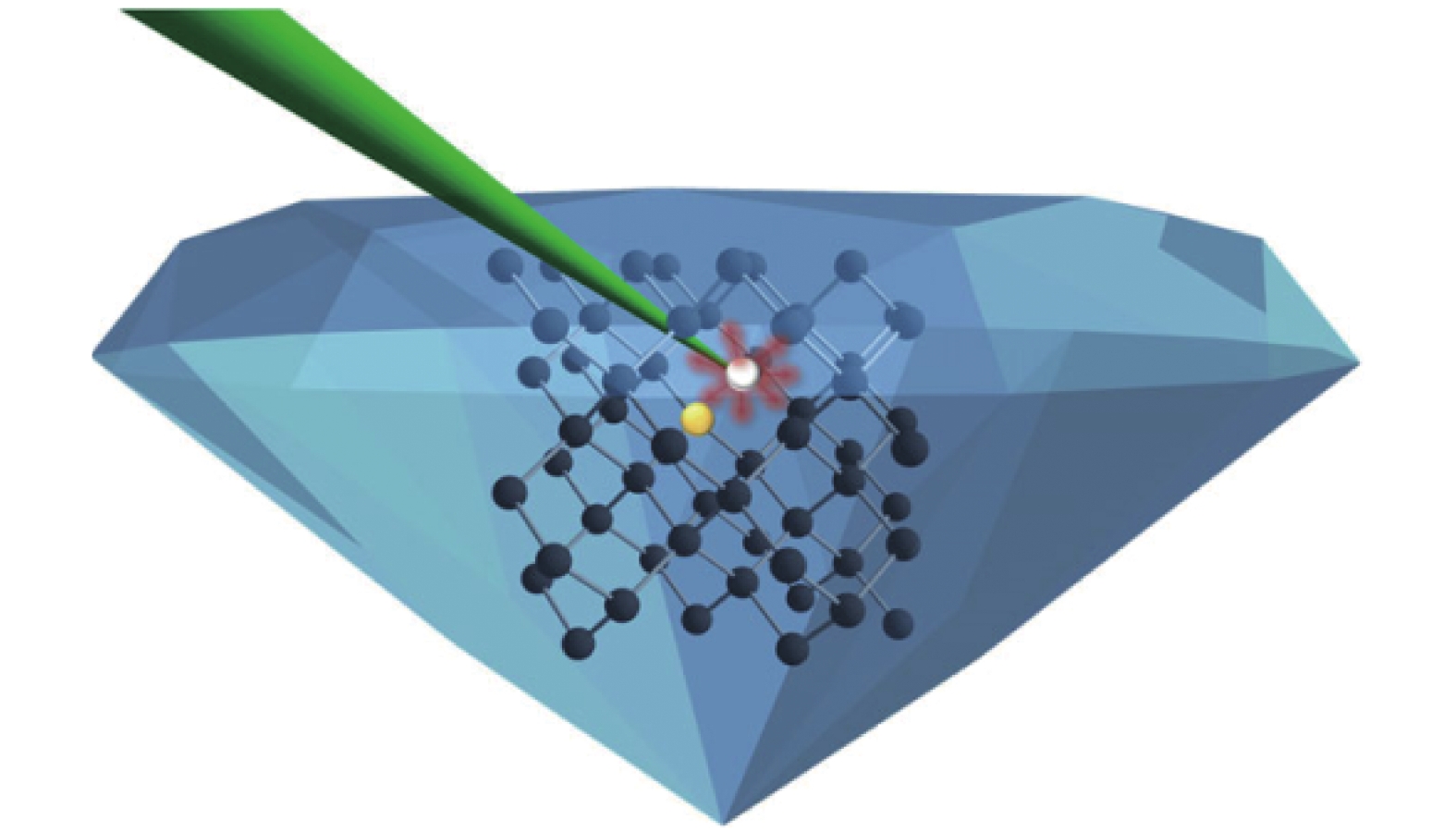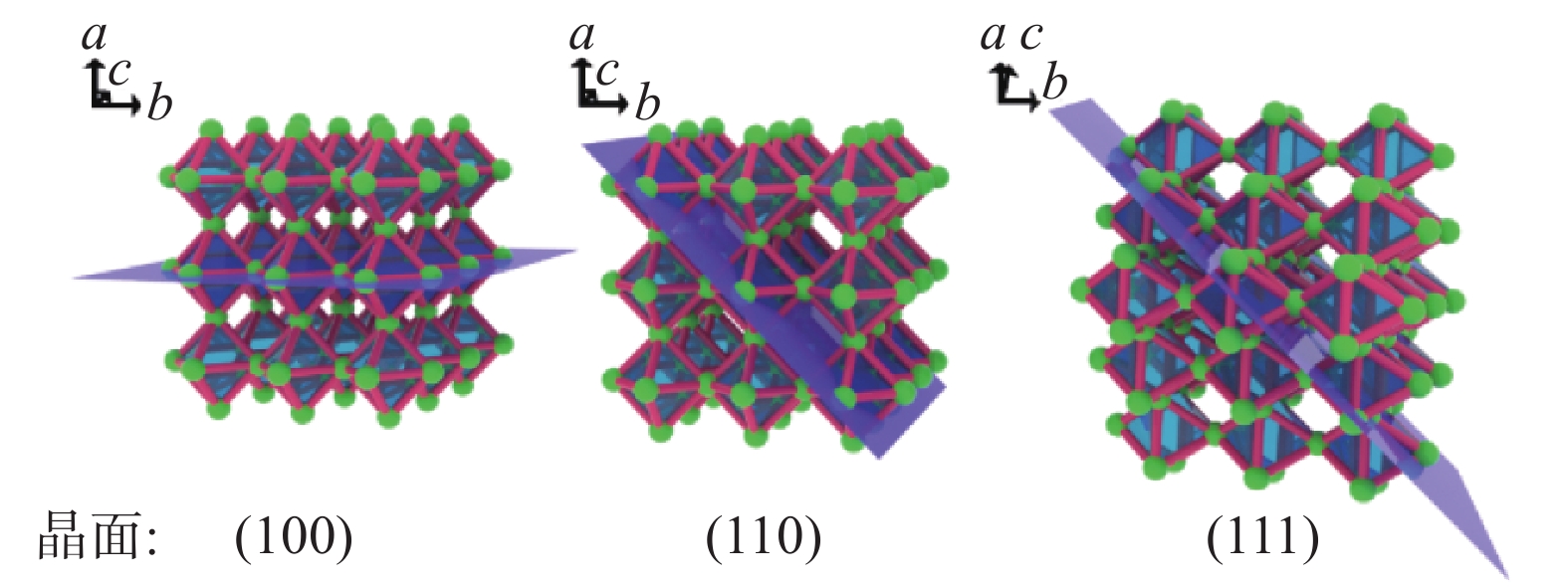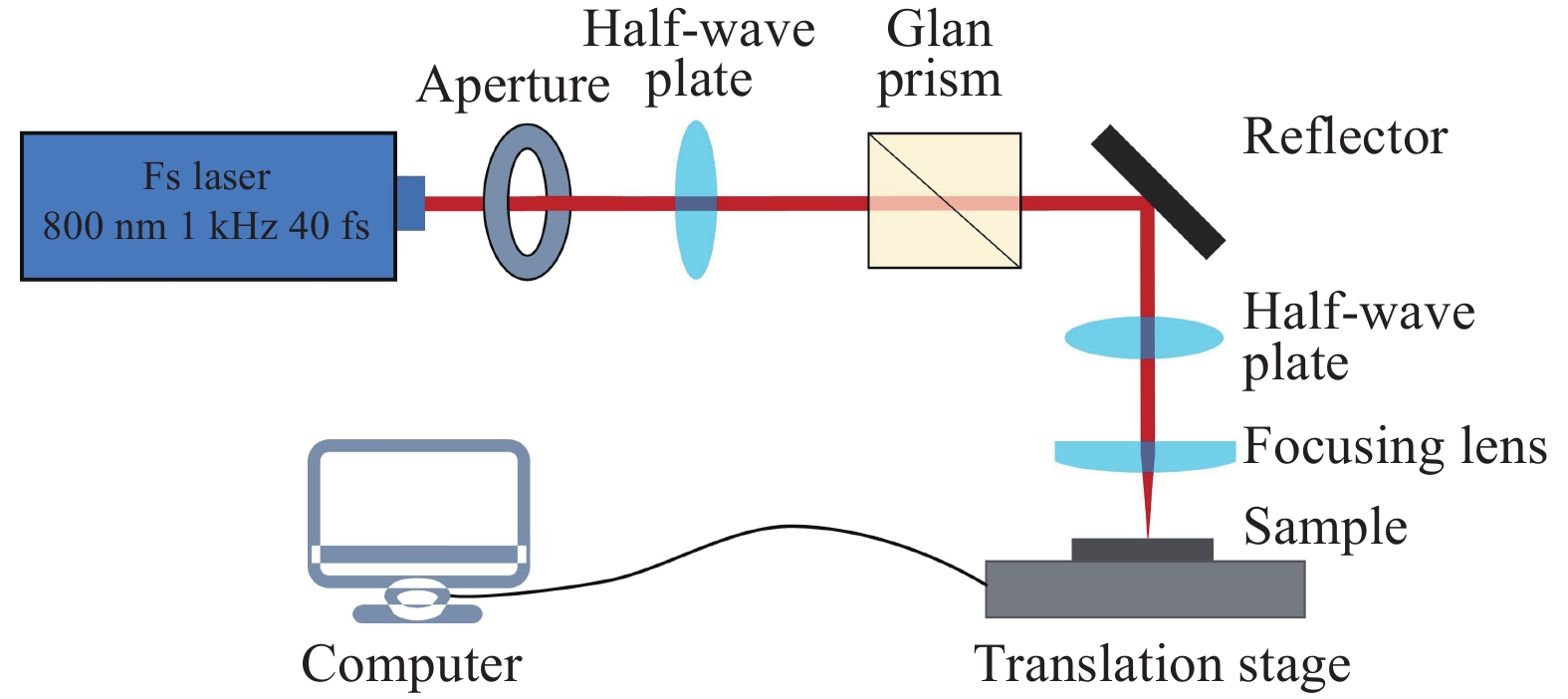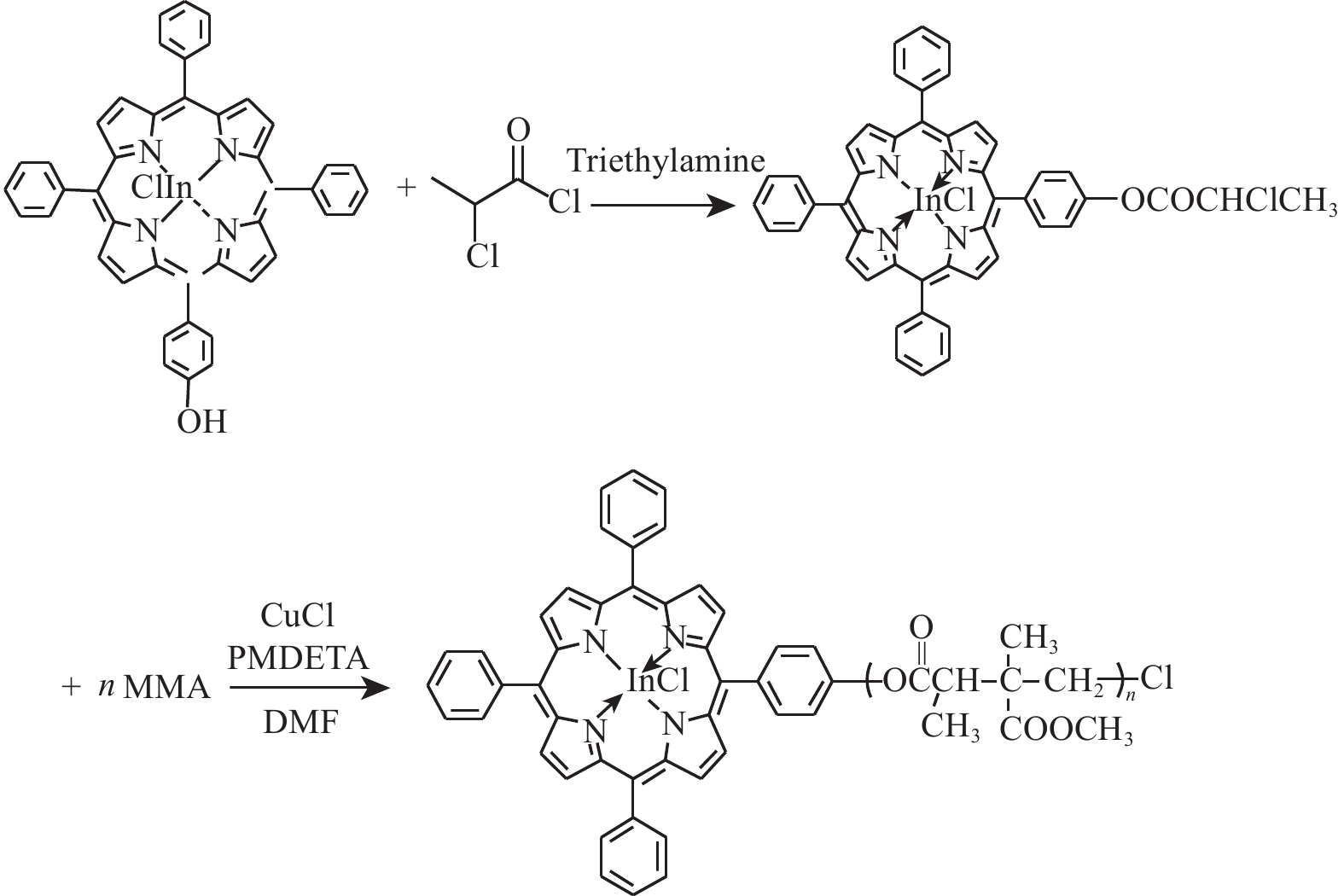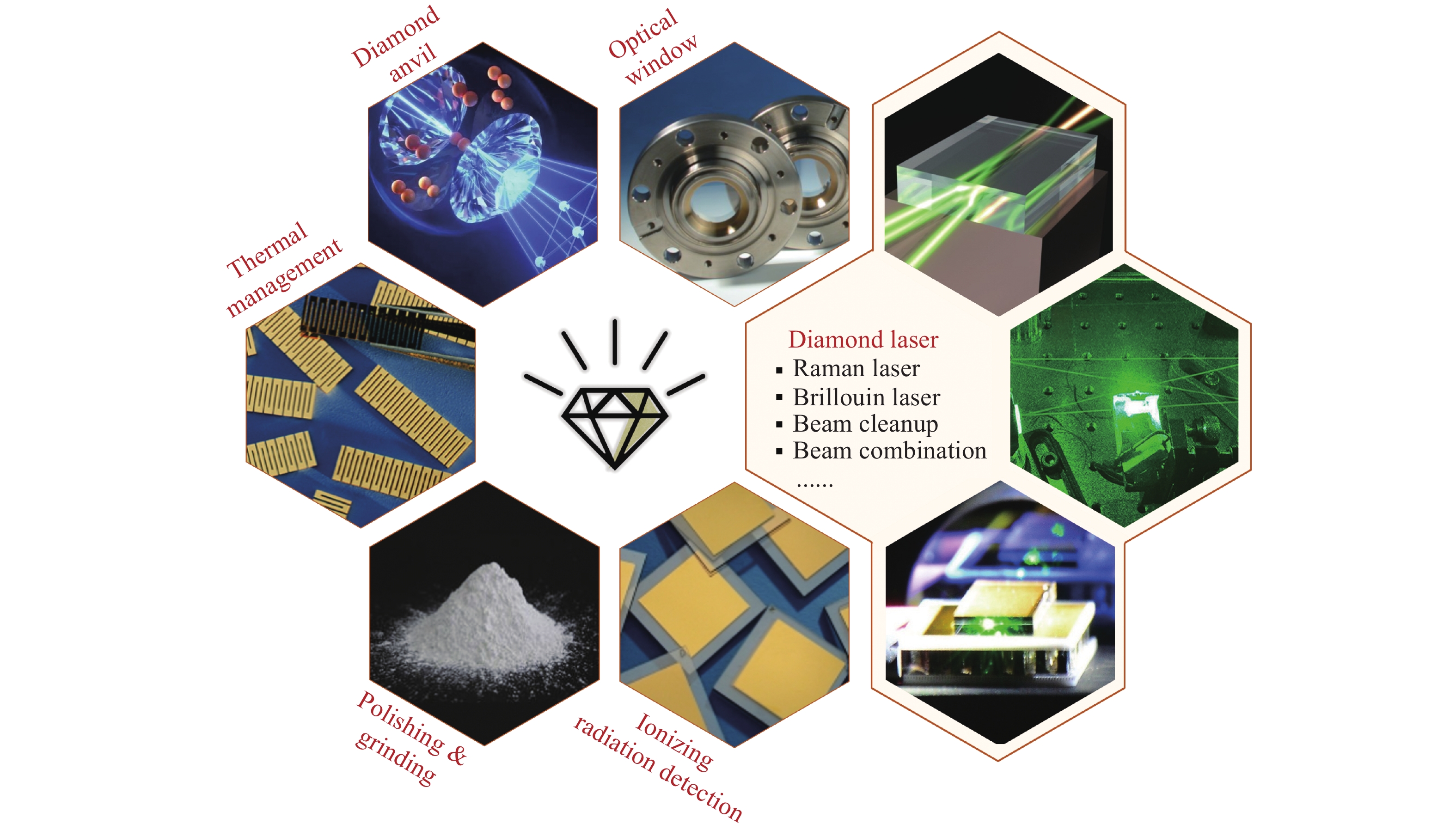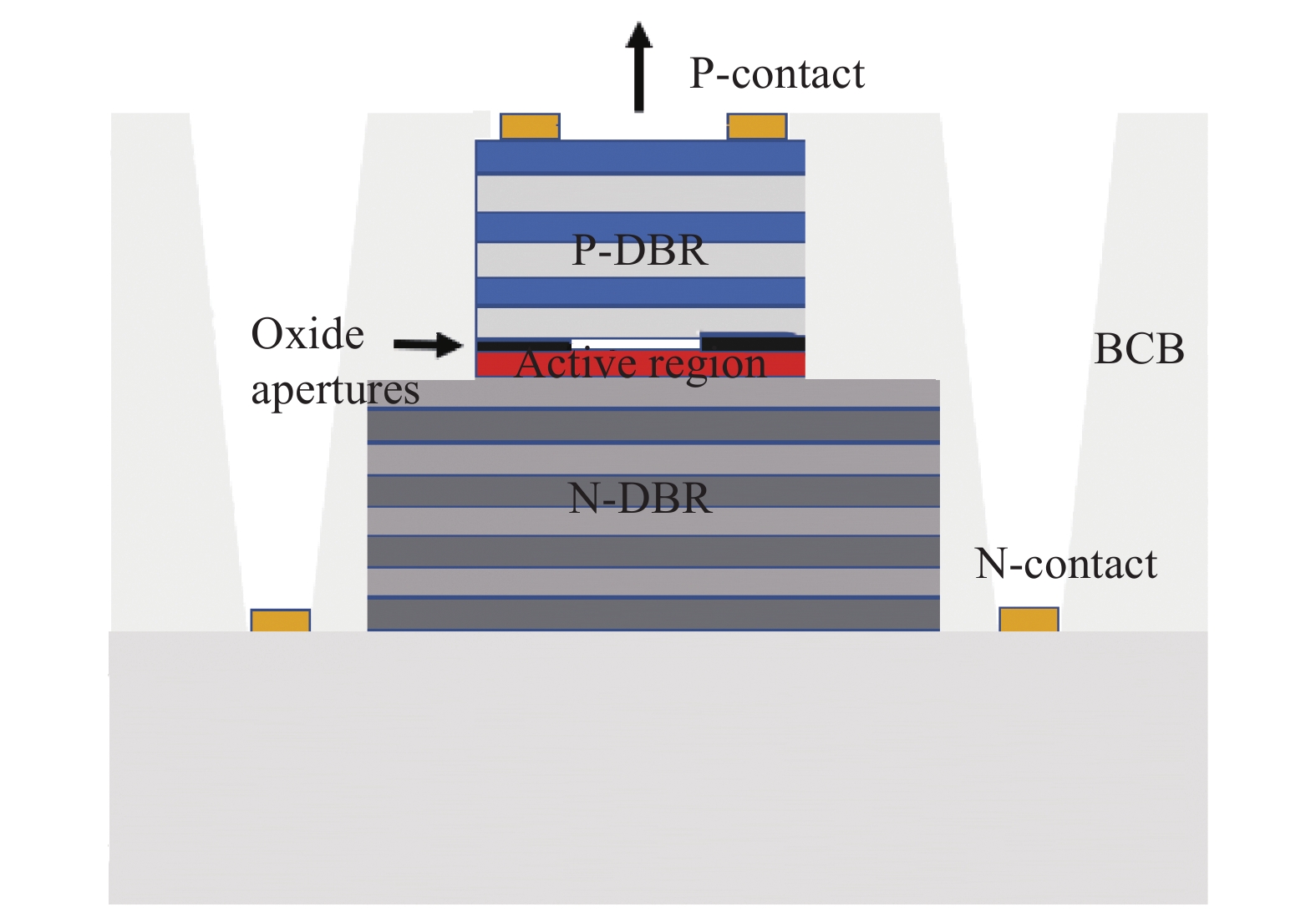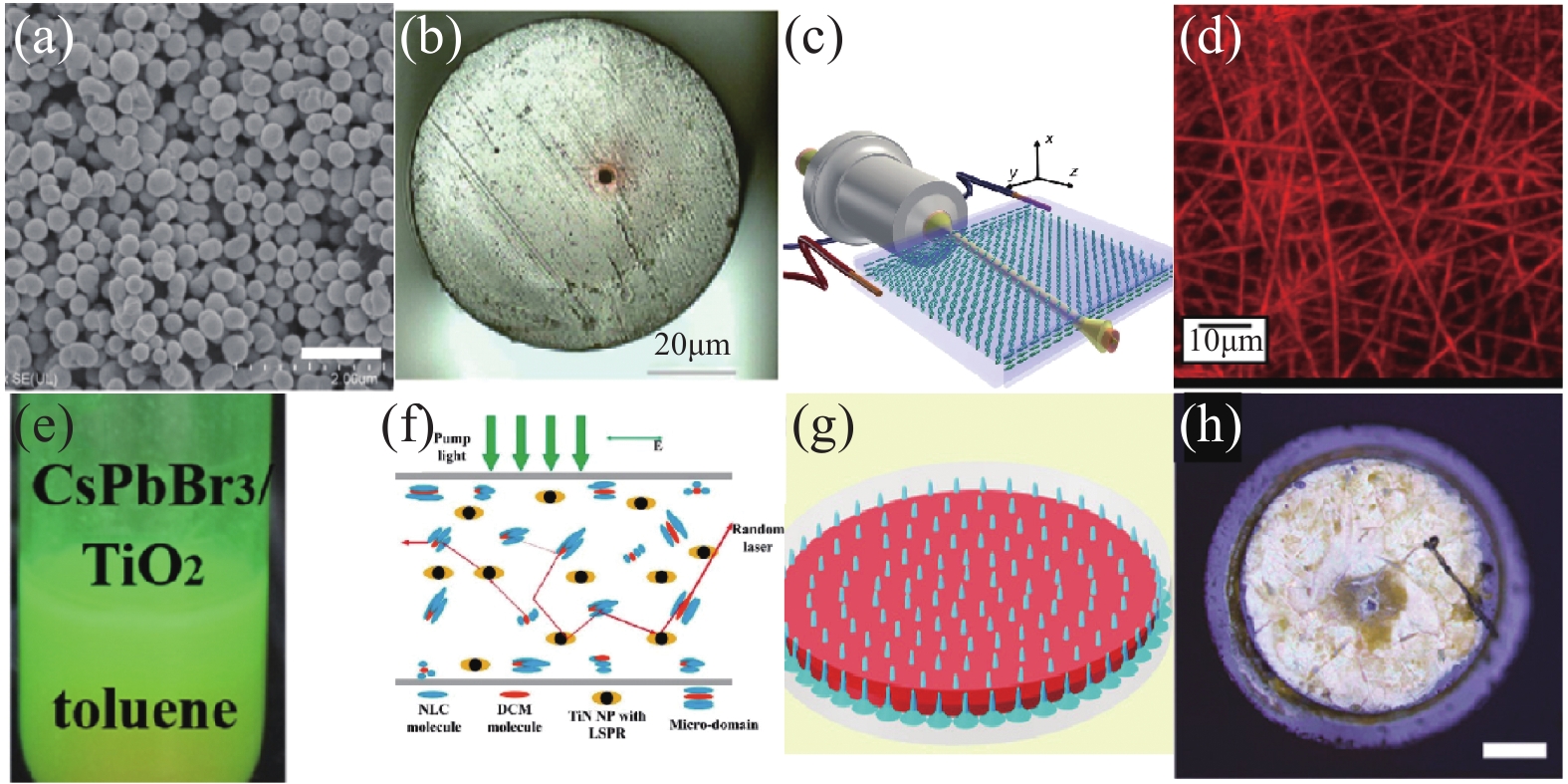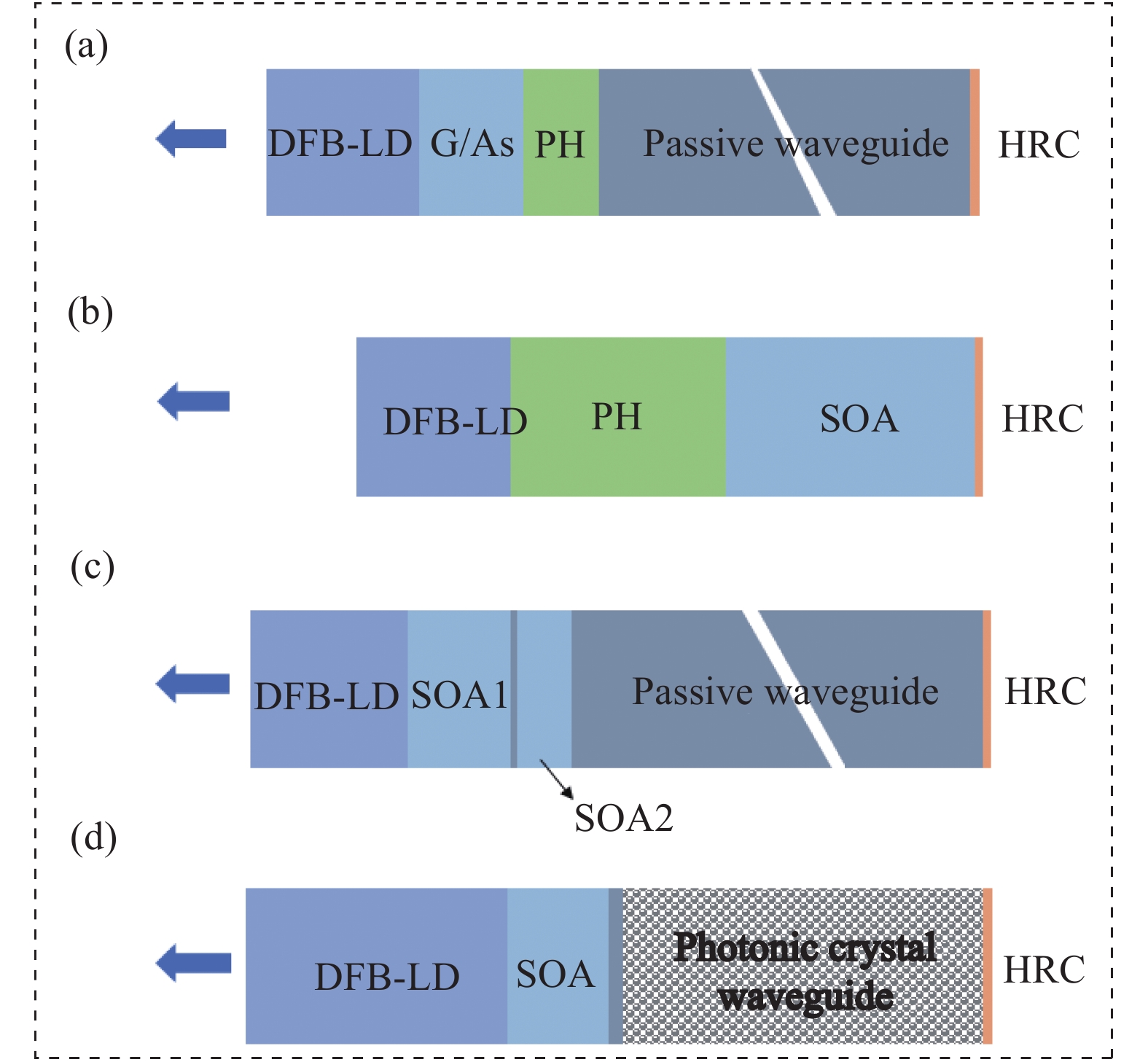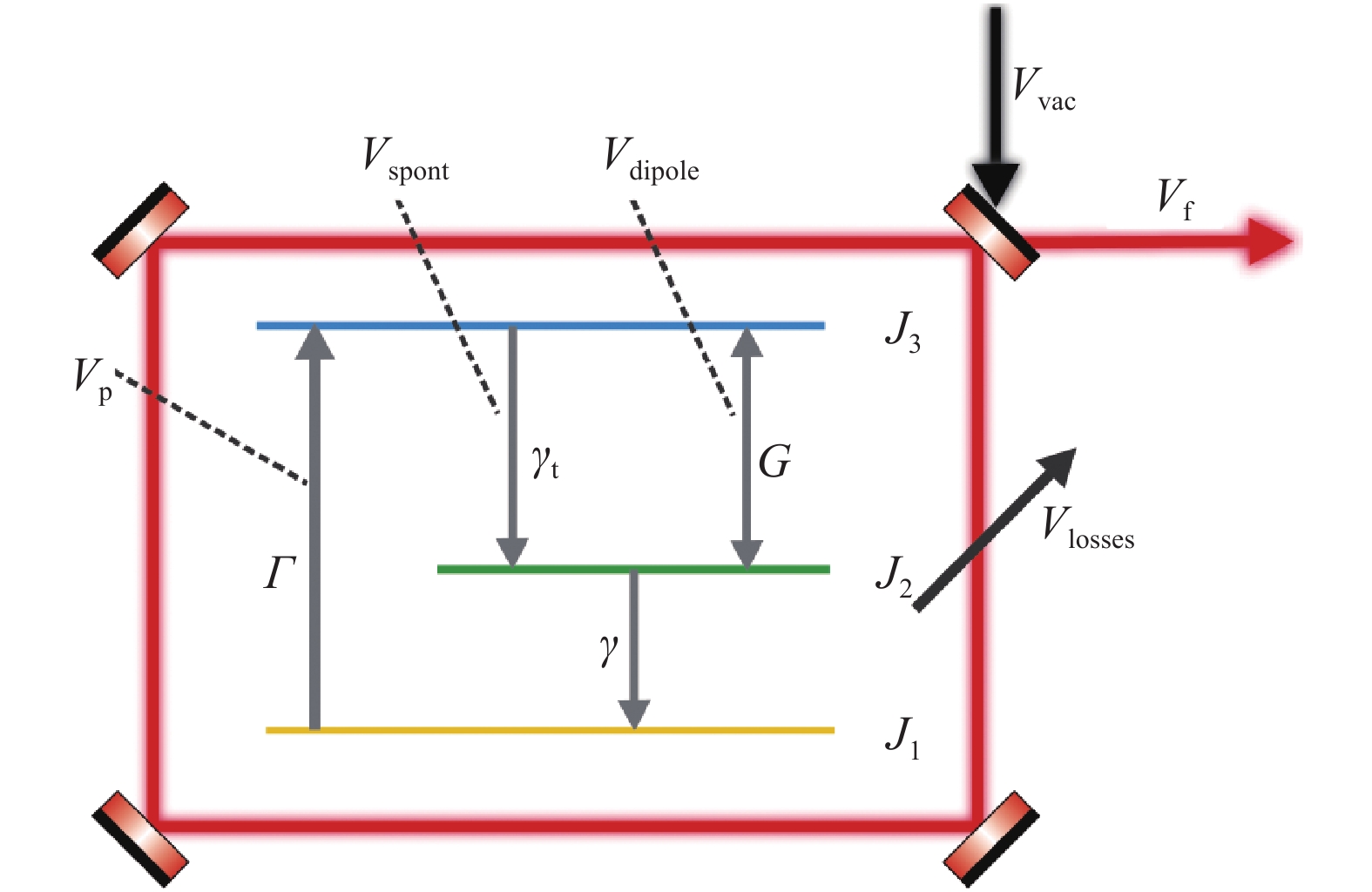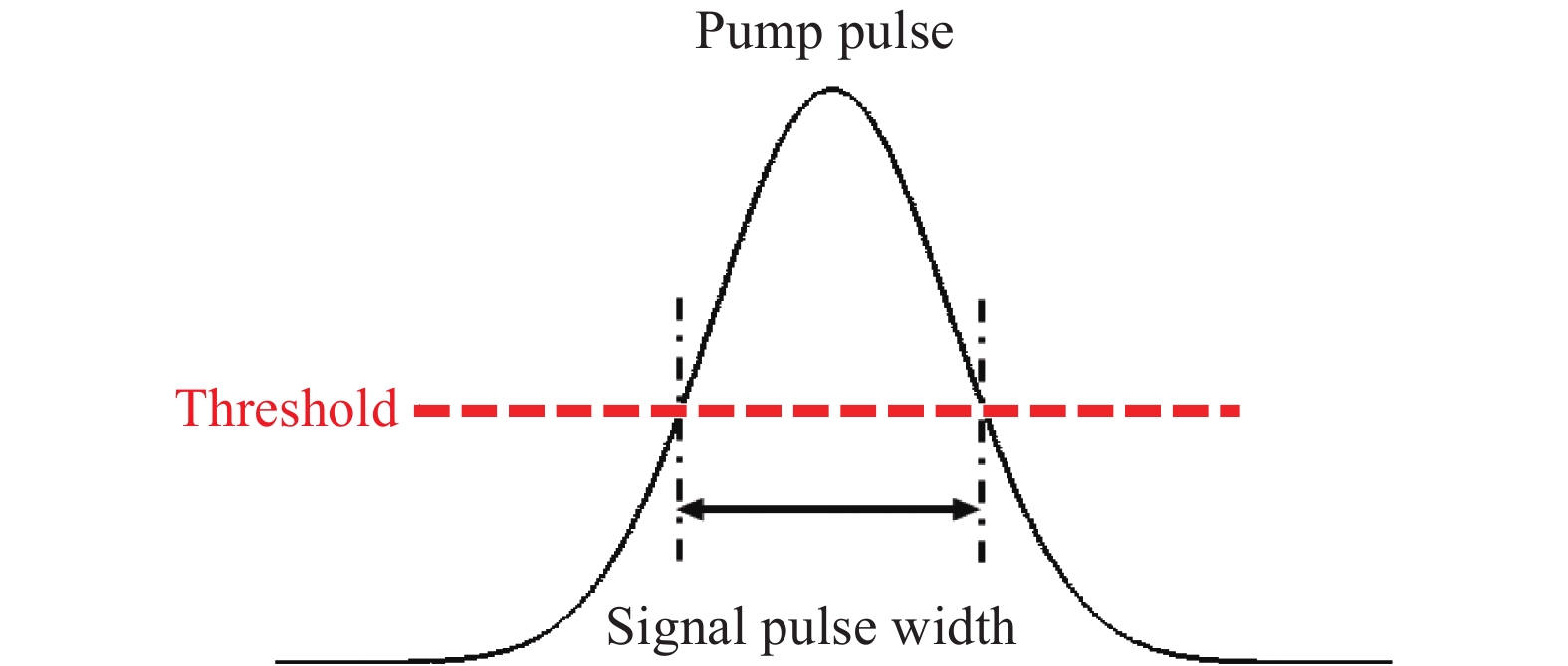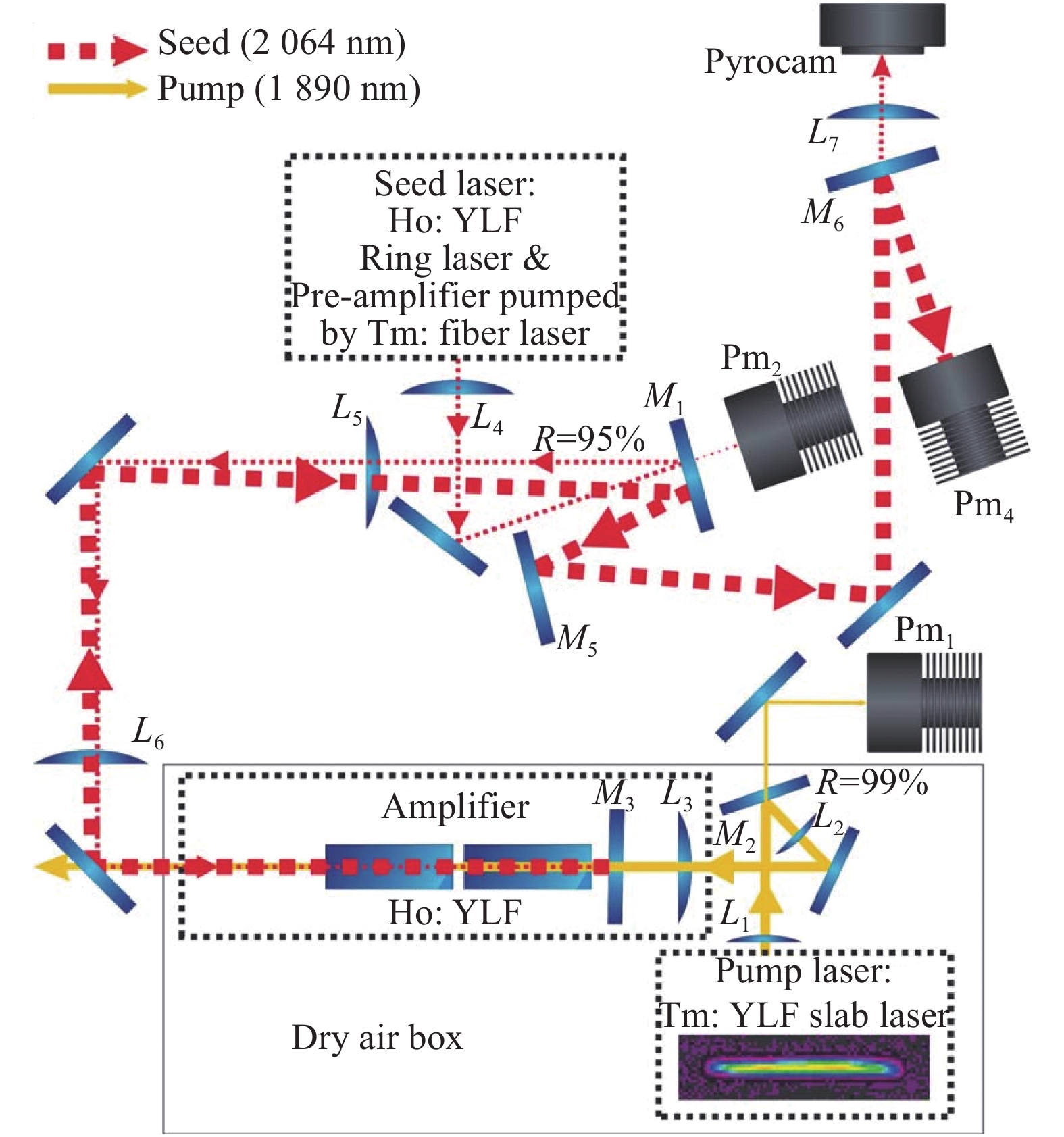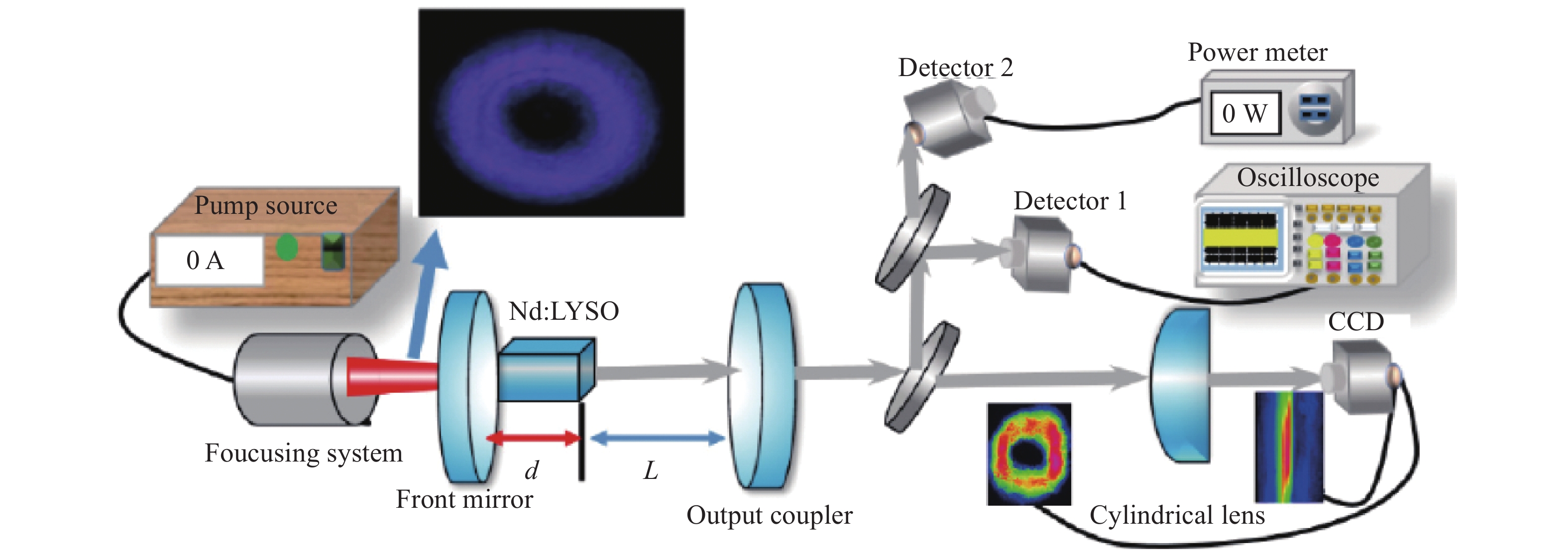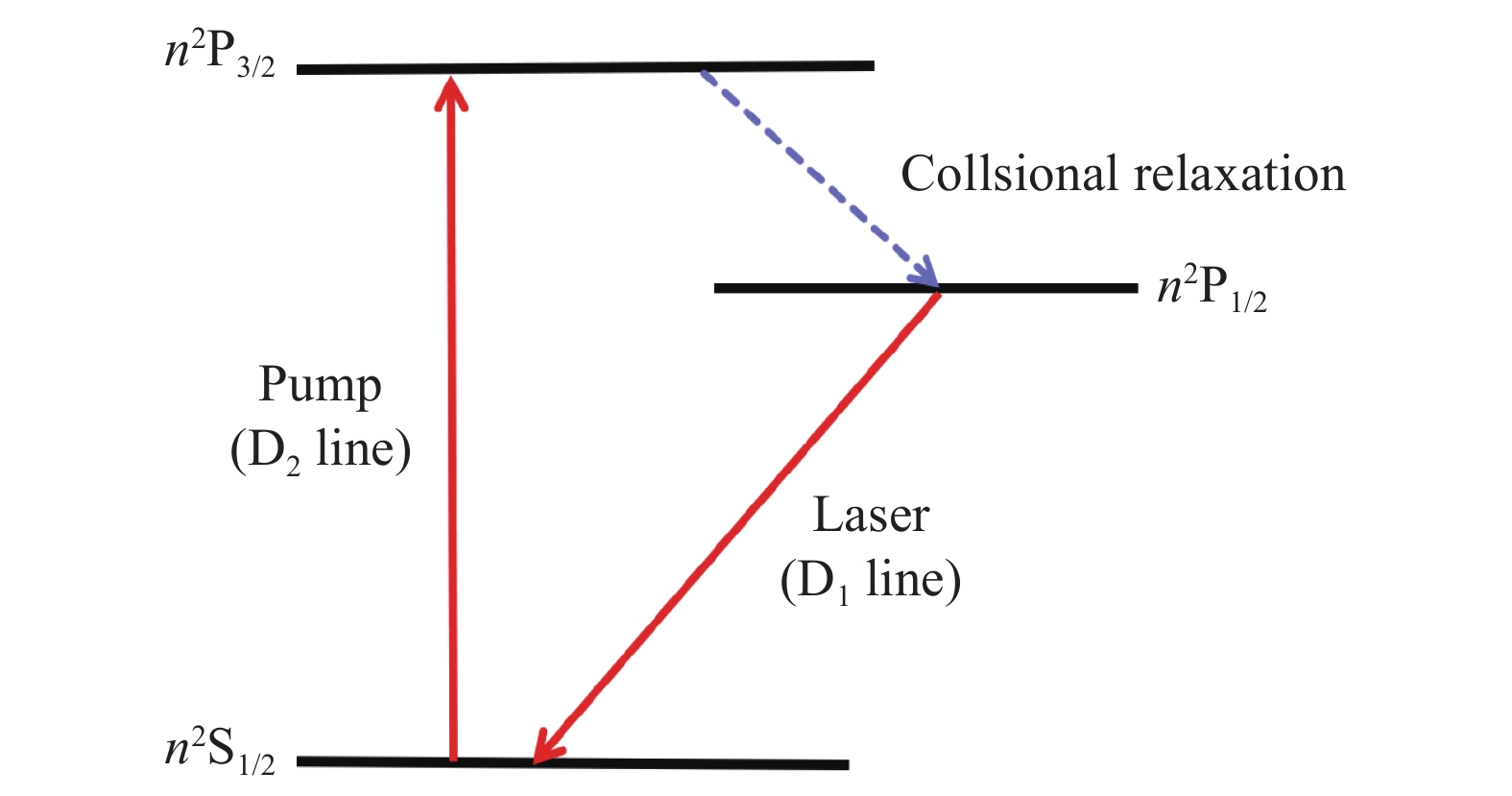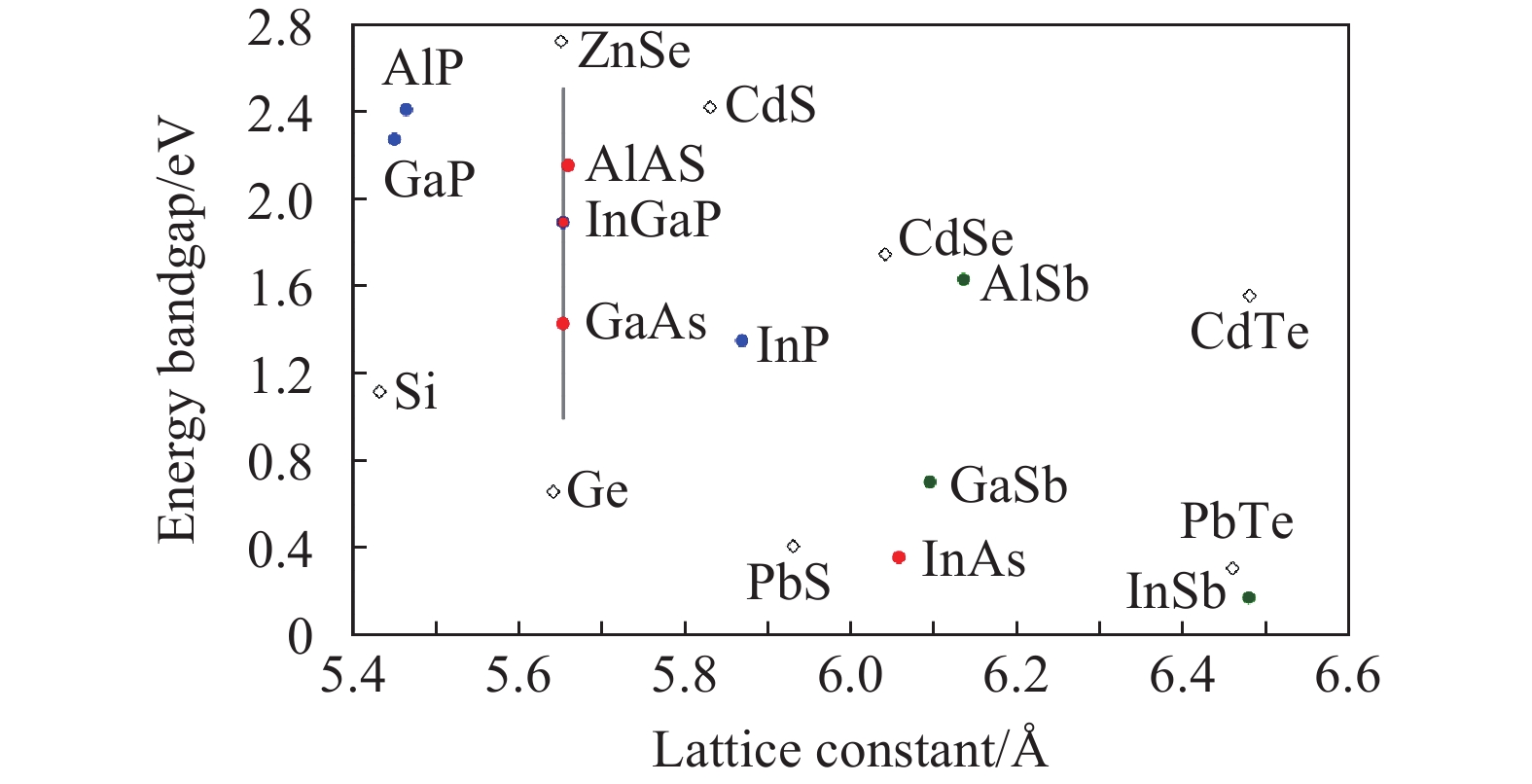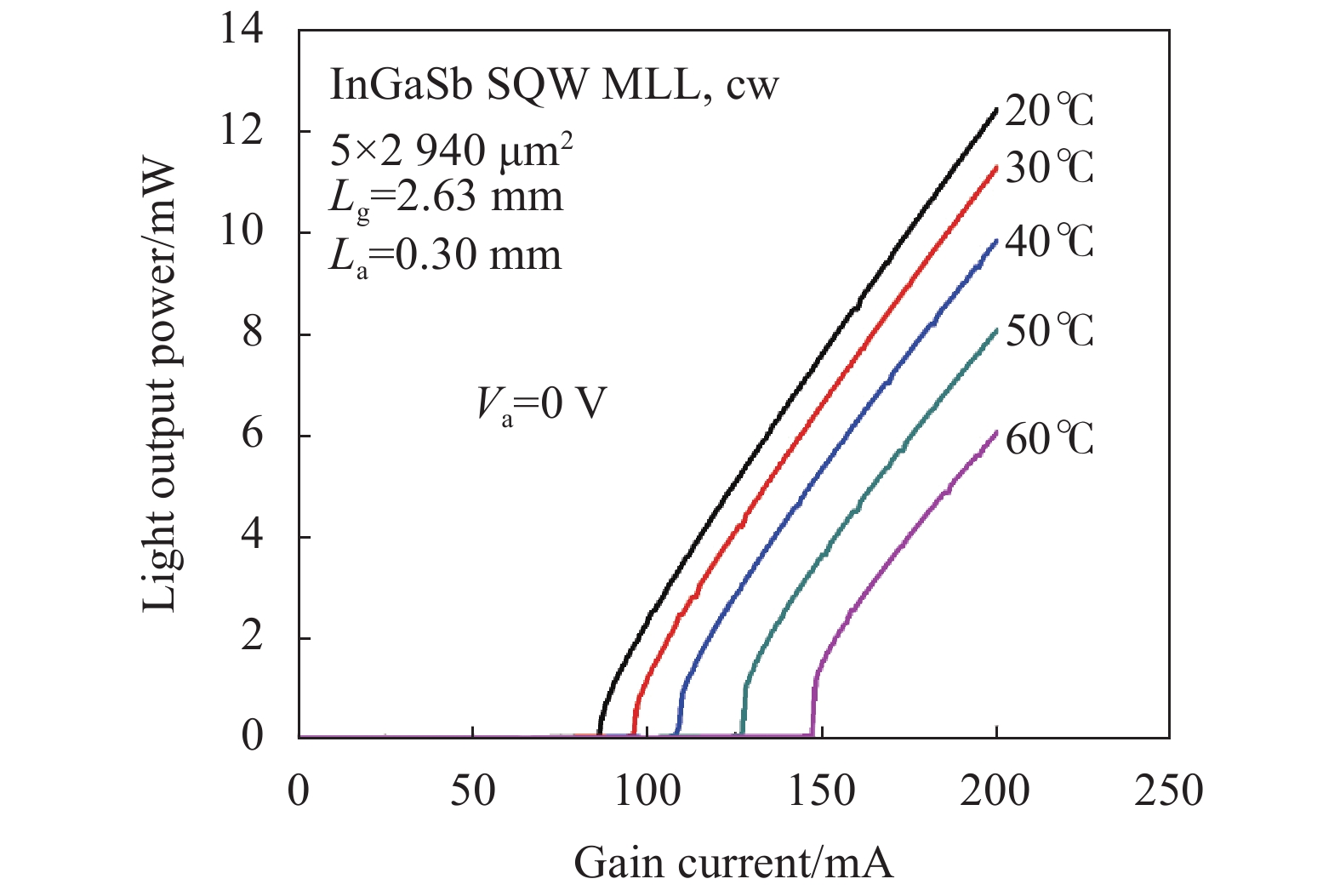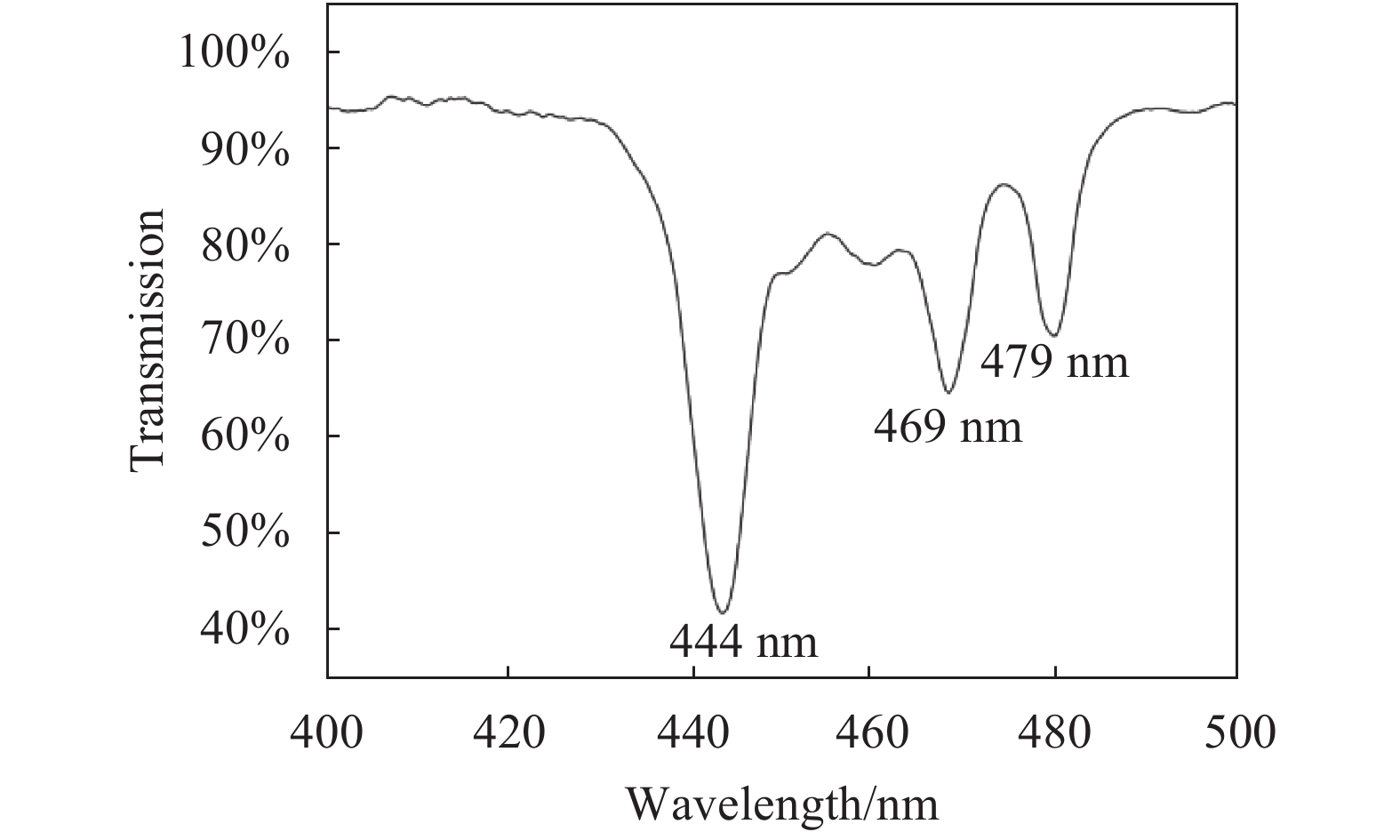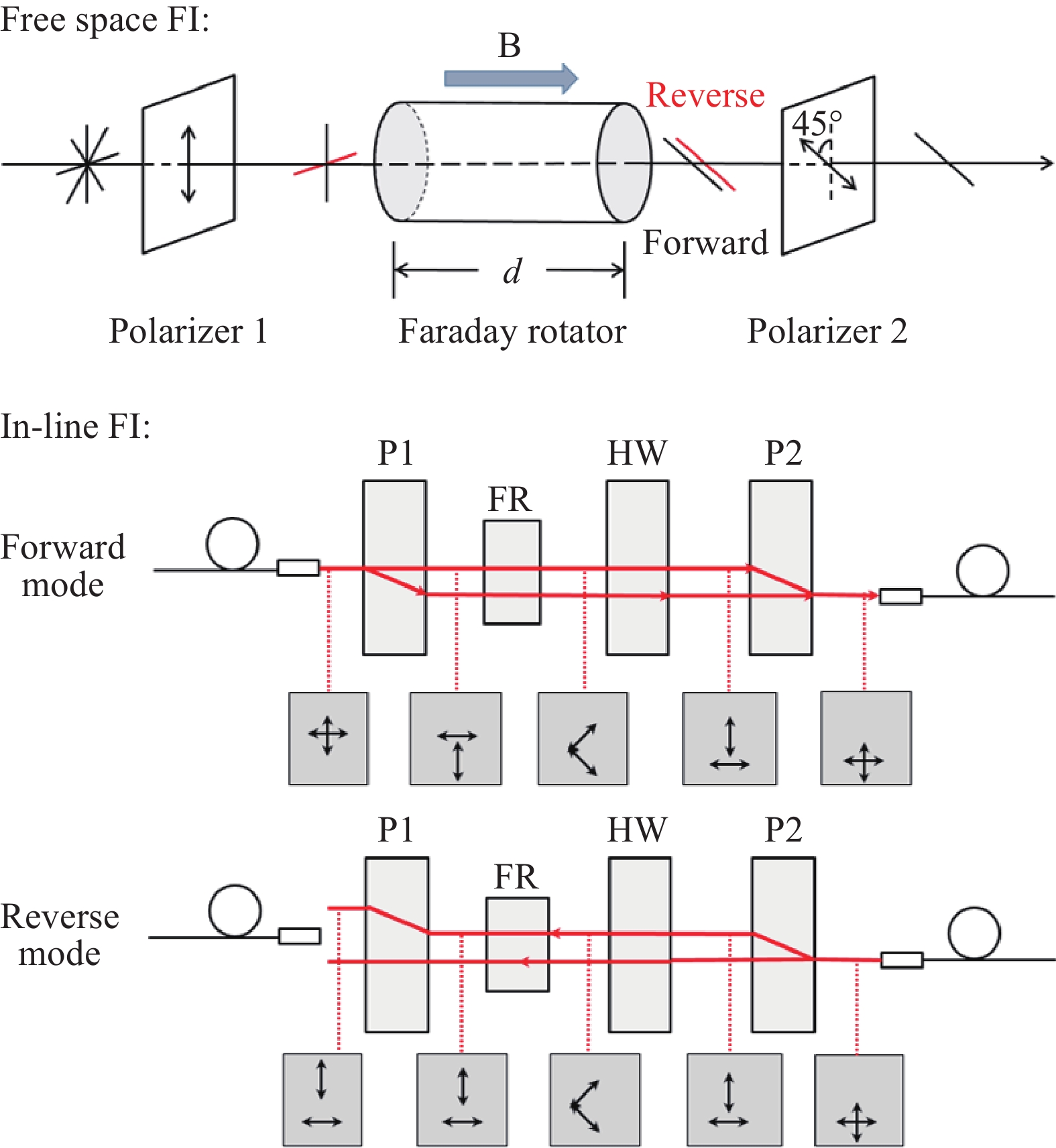2020 Vol. 49, No. 12
2020, 49(12): 20201079.
doi: 10.3788/IRLA20201079
In recent years, the demand for fabrication of 3D metal micro/nanostructures has been rapidly increased in the fields of science and engineering due to their unique physical/chemical properties and flexible configurations. Therefore, various innovative techniques for 3D metal printing at the microscale have been developed, which have attracted intensive attentions. Among those techniques, laser-based assisted 3D metal microprinting exhibits superior performance in terms of its advantages of non-contact processing, flexible patterning capability, and so on. Some of current representative techniques for laser assisted 3D metal microprinting were firstly reviewed from basic principles, technical characteristics, to typical applications. To meet the challenges on fabrication of 3D metal microstructures with high smooth surfaces, high melting points and high conductivities, a glass-microchannel molding technique for assisting 3D metal microprinting was demonstrated. Finally, possible directions and potential applications of laser-assisted 3D metal printing were discussed.
2020, 49(12): 20201057.
doi: 10.3788/IRLA20201057
For many years, silicon and germanium have been considered the suited semiconductor materials for detectors and integrated optoelectronic devices fabrication. However, compared with diamond-based devices, such tetravalent semiconductors are less resistant to radiation damage, and the devices are less stable under harsh conditions or under high-energy light radiation. In recent years, due to the excellent optical and mechanical properties, diamond has become a promising material in the application of integrated photonics, sensors, and quantum optics etc. The laser-induced microstructures of diamond represents a powerful tool used for the development optical 3D-contacts devices all-carbon detectors graphite resistors on diamond, as well as the realization of single photon source. The physical mechanisms of femtosecond laser induced color center, graphitization and refractive index change in diamond were demonstrated. Based on this, the applications of the femtosecond laser induced micro-nano structures in diamond for single photon source, sensor and optical waveguide were introduced. Then, the future developing tendency in this field was prospected.
2020, 49(12): 20201050.
doi: 10.3788/IRLA20201050
Polarization-structured intense laser interacting with nonlinear optical material results in many novel third-order nonlinear optical effects, reflects the nonlinear optical property of the material, and modulates the propagation behavior of the beam itself. Herein, the research progress of third-order nonlinear optical effects excited by vectorial light fields was reviewed. Firstly, the basic theory of third-order nonlinear optical effects excited by arbitrary polarized lights was briefly introduced, such as nonlinear Schrödinger equation, beam propagation equation, and isotropic and anisotropic third-order nonlinear optical coefficients. The Z-scan techniquefor characterizing third-order nonlinear optical coefficients was also introducd. Under the weak focusing condition, the expressions for the focal field of three types of vectorial light fields were provided, i.e., radially polarized beams, hybridly polarized beams, and lemon-type Poincaré beams. Secondly, the isotropic and/or anisotropic third-order nonlinear optical effects excited by a variety of vectorial light fields was revisited, includinganisotropic nonlinear optical effects induced by radially polarized beams, isotropic and anisotropic Kerr nonlinearities excited by hybridly polarized beams, isotropic and anisotropic nonlinear optical effects induced by lemon-type Poincaré beams. Lastly, the prospects of their applications of vectorial light fields in nonlinear polarizationrotation, beam shaping, controllable field collapsing filaments, and optical limiting were briefly discussed.
2020, 49(12): 20201063.
doi: 10.3788/IRLA20201063
Since the advent of perovskite materials, the numerous organic-inorganic hybrid perovskites have thrived vigorously over the decades. Two-dimensional (2D) organic-inorganic hybrid perovskites containing prototypical inorganic octahedron frames and diverse organic cations feature characteristics of intrinsic quantum-well structures and intriguing optoelectronic properties, and have therefore attracted research attention intensively for their optical applications in light emitting, sensing, modulation, photovoltaic cells and telecommunication devices. The low-cost and solution-processed fabrications as well as the alternative organic spacer cations endue 2D hybrid perovskites with flexible layer distances, number of layers, and variable lattice distortion, leading to effectuate the adjustable frameworks as well as higher tunability in optical and photonic applications. In particular, they also demonstrate distinguished and appealing nonlinear optical (NLO) characters whether in the second-order, third-order NLOs or the higher-order NLOs such as second-harmonic generation (SHG), terahertz generation, two-photon absorption (2PA), and saturable absorption (SA), three-photon absorption (3PA), etc., under the excitation of laser pulses. Here, we discuss on the construction of the various 2D hybrid perovskites with different structural features. Furthermore, some representative properties and applications of these 2D hybrid perovskites are discussed in both linear and nonlinear optical regimes. Lastly, the status quo and challenge of 2D hybrid perovskites are elevated, and the future developments of 2D hybrid perovskites is prospected.
2020, 49(12): 20201068.
doi: 10.3788/IRLA20201068
The triplet−triplet annihilation upconversion is a new technology for photonic upconversion, which has the advantages such as continuous wave excitation, tunable upconversion wavelength and high upconversion quantum yields. In this upconversion process, as the energy donor, photosensitizer absorbs the light excitation, and intersystem crossing occurs, then sensitizes the energy acceptor through the triplet−triplet energy transfer process. Finally, the triplet−triplet annihilation of the energy acceptor in the triplet state generates a single excited state which can produce high−efficiency fluorescence (i.e. upconversion luminescence), thus the low−energy light is converted into higher−energy upconversion luminescence, which provides a feasible method for improving the photoelectric conversion efficiency of solar cells or the efficiency of photocatalysis, etc. It is desired to select appropriate lasers to excite the photosensitizer/energy donor system to study the steady upconversion luminescence and the upconversion kinetics. For instance, continuous wave diode pumped solid state laser (DPSSL) was selected as the light source to excite photosensitizer/acceptor system, upconversion luminescence was observed, and the effect of laser power density on upconversion luminescence can be studied conveniently. Additionally, in order to analyze the kinetic process of upconversion luminescence, with optical parametric oscillator (OPO) tunable pulsed laser as the light source, the lifetime of the triplet state, the kinetic characteristics of intermolecular energy transfer and triplet annihilation of photosensitizers can be studied. The application of continuous wave and pulse lasers in triplet–triplet annihilation upconversion experiments was introduced.
2020, 49(12): 20201064.
doi: 10.3788/IRLA20201064
Modification of material surface morphology and properties based on femtosecond laser irradiation is a novel processing technology developed in recent years, which has shown unique advantages in high-speed, large-area and periodic subwavelength structure fabrications. Here this method was employed to rapidly fabricate uniform subwavelength grating structures on the surface of GO film, and then the processing mechanisms, the change of morphology and liquid wettability were investigated comprehensively. Through using different experimental parameters such as the laser power and the scanning speed, the rGO grating structures with variable depth-width ratios and surface "roughness" were obtained, leading to the controllable wettability with the liquid contact angles in a range of 15° to 75°, and their contact angles were found to increase by an average of 20° after 20 days in the air. Our work lays a solid foundation for femtosecond laser micro/nano-processing of two-dimensional materials. It is expected to have the future applications in the field of droplet collection, microfluidic control, and so on.
2020, 49(12): 20201055.
doi: 10.3788/IRLA20201055
Optical fiber surface plasmon resonance (SPR) sensor combines the advantages of optical fiber sensor like miniaturization, online transmission, easy operation and SPR biodetection technology, which is highly sensitive, highly selective and label-free. It is currently a research hotspot of immunological biosensors. However, the signal of traditional multi-mode fiber based SPR sensor is easy to be lost and distorted in long-distance transmission. In this paper, a single mode-no core-single mode fiber based SPR sensor was proposed, which could effectively reduce the loss and distortion in signal transmission, and was suitable for connecting with the current optical fiber network. In order to eliminate the interference signal in the sensor, the core diameter of the no core fiber was changed, the methods of removing background interference and Gaussian fitting were adopted, and finally the sensor with the sensing region of 61.5 μm no core fiber was selected, the effective SPR spectrum signal was extracted from it. The sensitivity of proposed sensor is 1153.40 nm/RIU and the resolution is 1.70×10−4 RIU. The successful development of this kind of optical fiber biosensor provides a new idea for intelligent medical treatment and telemedicine.
2020, 49(12): 20201078.
doi: 10.3788/IRLA20201078
The reported work in 2003-2019 on the reverse saturable absorption (RSA) or two-photon absorption (TPA) and/or optical limiting (OPL) of platinum(II) terpyridine complexes was summarized in this minireview. Photophysical properties, including the ground-state absorption (GSA), excited-state absorption (ESA), excited-state lifetimes, and the quantum yields of triplet excited-state formation, RSA/OPL at 532 nm for ns laser pulses, TPA characteristics in the near-IR spectral regions, and the structure-property correlations were reviewed. This paper is composed of four sections. First, the current status of OPL materials and devices, the general requirements for reverse saturable absorbers and two-photon absorbing materials, and the different types and characteristics of square-planar platinum(II) complexes were briefly introduced. Then the photophysics and RSA/OPL of six series of Pt(Ⅱ) terpyridine-analogous complexes and the structure-property correlations were discussed. Following it the TPA of five series of Pt(Ⅱ) terpyridine complexes and the impacts of structural variations on the TPA cross sections (σ2) were reviewed. Finally, brief conclusions were drawn based on the reported studies. A general trend discovered was that the charge transfer absorption band(s) and the ESA can be readily tuned by substituents on the acetylide or the terpyridine ligand. Introducing electron-donating substituent to the acetylide or terpyridine ligand or improving the coplanarity between the aromatic substituent and the terpyridine ligand red-shifted the ground-state charge-transfer absorption band(s) at the price of decreasing/quenching the triplet ESA, which consequently reduced the RSA/OPL at 532 nm. Extending the π-conjugation of the terpyridine ligand dramatically improved the σ2 values of the Pt(Ⅱ) terpyridine complexes. Incorporation of electron-withdrawing π-conjugated aromatic substituent restrained the GSA to < 500 nm while keeping a long-lived triplet excited state with broadband ESA in the visible spectral regions and moderately strong TPA in the NIR regions. This approach could provide a solution for developing broadband OPL materials.
2020, 49(12): 20201049.
doi: 10.3788/IRLA20201049
The coupling efficiency of non-uniformly correlated beams through atmospheric turbulence was studied. The results show that the fiber coupling efficiency of such beams is higher than that of the traditional Gaussian Schell-model beam; and the regulation of the coherence length of such beams can improve the fiber coupling efficiency; for different transmission distances, the optimization of the coupling efficiency can be achieved by adjusting the coherence length of such beams. Moreover, the effect of the light source parameters: beam waist and wavelength; coupling lens parameters: received aperture and focal length; turbulence intensity on the coupling efficiency of optical fiber was also discussed. The results show that the application of optical field correlation structure manipulation technology in improving the coupling efficiency of optical fiber has important value in the field of free space optical communication.
2020, 49(12): 20201059.
doi: 10.3788/IRLA20201059
Active control of terahertz wave characteristics in stretchable devices is essential for advanced terahertz applications involving large mechanical deformation or stretching. Here, a dual band terahertz active control device based on different mechanisms was designed and fabricated by combining metal metasurface with elastic film polydimethylsiloxane. Based on the deformation mismatch between metal and elastic film under tension, the double band modulation effect was realized by using the periodically sensitive cross structure metasurface. Under 36% deformation, the dipole mode and the lattice resonance mode were exploited to experimentally achieve dual-band modulation with a modulation depth of 90% and a modulation depth of 78% at 1.26 THz and 2.41 THz, respectively. The operating frequency through the lattice mode had a large dynamic range, which could be tuned from 2.41 THz to 1.85 THz. Since the mechanisms of the electric dipole resonance mode and the periodic lattice resonance mode were independent from each other, the two resonance frequencies were designed independently, which allowed the frequency interval of the dual-band modulation to be geometrically adjustable. The stretchable metasurface presented in this paper is simple to prepare, and has the advantages of large intensity modulation depth and wide frequency tuning range. It can be used not only in active control of terahertz wave, but also in passive displacement sensing.
2020, 49(12): 20200398.
doi: 10.3788/IRLA20200398
2020, 49(12): 20201076.
doi: 10.3788/IRLA20201076
With the highest thermal conductivity, low thermal expansion coefficient, high chemical inertness, and excellent optical properties among known materials, diamond can meet the application requirements of many extreme conditions in the fields of mechanics, optics, and materials, etc. In recent years, with the improvement of the chemical vapor deposition preparation technology, the optical quality of synthetic diamond has been rapidly improved, which leads to the optical grade diamond crystals excellent power improvement, coherence enhancement, and frequency conversion ability due to their excellent Raman and Brillouin characteristics. Meanwhile, diamond lasers overcome the thermal effect in the particle number inversion laser based on the traditional gain media, and the difficulty to consider both the wavelength and power. The research progress of high-power diamond laser technology was summarized, and the development trend and application of diamond lasers were prospected.
2020, 49(12): 20201077.
doi: 10.3788/IRLA20201077
Vertical-cavity surface-emitting lasers (VCSELs) have important applications in the short-distance optical interconnection attributed to their advantages, such as low cost, low threshold current, high modulation bandwidth and low power consumption. With the development of big-data and supercomputer technology, the performance demand of short-distance optical interconnection is increasing quickly, which also proposes a challenge for high-speed 850 nm VCSEL. In this paper, the latest development of high-speed 850 nm VCSEL technology was reviewed from the aspects of bandwidth-limited factors and new modulation methods, and the growing trend of this technology is prospected and summarized.
2020, 49(12): 20201052.
doi: 10.3788/IRLA20201052
Due to its unique structure and low coherence, random lasers are widely used in fields such as speckle-free imaging, sensing, and light therapy. The feedback mechanism of random lasers is light scattering introduced by disordered media. High threshold and non-directionality are its main disadvantages. In order to solve these problems, researchers used the one-dimensional confinement of optical fibers to obtain random fiber lasers with a low threshold and a certain directionality. In the past ten years, the development of random lasers has experienced a process from incoherent feedback to coherent feedback, from complete disorder to controllable output parameters. A large number of studies have tried to explain the physical nature of random lasers using quantum theory, chaotic laser theory, and numerical analysis. The origin and development history of random lasers and random fiber lasers were reviewed, the classification and related principles of random lasers were introduced, the methods of controlling random laser output parameters were summarized, the recent typical applications of random lasers were demonstrated, fiber random lasers feedback types and gain mechanisms were analyzed, and finally the future of random lasers development was prospected.
2020, 49(12): 20201069.
doi: 10.3788/IRLA20201069
Compared with traditional ~100 MHz femtosecond lasers, the mode spacing is larger of GHz femtosecond lasers so that each comb can simply be resolved. Furthermore, the less dense of longitudinal modes results in higher average power. Therefore, it has more important application value in many research fields, such as comb-resolvabled spectroscopy, direct optical frequency comb spectroscopy, optical arbitrary waveform generation and astronomical spectrograph calibration. In this review, the generation schemes of GHz femtosecond pulses and the corresponding technical challenges of GHz-repetition-rate all-solid-state femtosecond lasers pumped by laser diode were introduced in detail firsly. Secondly, the international research progresses of all-solid-state GHz femtosecond lasers based on SESAM passively mode-locking and Kerr-lens mode-locking were summarized. Finally, the application value and research object of our group in all-solid-state GHz-repetition-rate femtosecond lasers were forcasted based on our preliminary research results.
2020, 49(12): 20201066.
doi: 10.3788/IRLA20201066
Chaotic laser has been widely applied in the fields of secure optical communication, random number generation, chaotic lidar, chaotic optical time domain reflector and distributed optical fiber sensing due to its characteristics of wide-spectrum, noise-like, low-coherence and so on. Photonic integrated chaotic semiconductor laser is a kind of chaotic laser which is small in size, stable and low-cost. The progress of photonic integrated chaotic semiconductor laser and its main applications in recent ten years were reviewed. Firstly, the photonic integrated methods of chaotic semiconductor laser were introduced. Then, the classification of photonic integrated chaotic semiconductor lasers was demonstrated. According to the perturbation mode, the external cavity structures including straight cavity, multiple-cavity, ring cavity, two-dimensional cavity and mutual injection were discussed. The advantages and characteristics of these devices were compared. Furthermore, the applications of photonic integrated chaotic semiconductor lasers in optical time domain reflectometer, secure optical communication and random number generation were introduced. Finally, the key integration techniques, time delay signature and intermittent chaos in photonic integrated chaotic laser were discussed.
2020, 49(12): 20201074.
doi: 10.3788/IRLA20201074
In the process of laser driven inertial confinement fusion, the inhomogeneity of light field with different spatial frequencies will cause the hydrodynamic instability, imprinting and laser plasma instability in implosion. These instabilities will eventually affect the compression ratio of implosion, thus affecting the ignition. In order to control the focal spot nonuniformity and suppress instabilities, beam smoothing technology was proposed to control the beam target coupling process through light field control. Beam smoothing can be divided into spatial smoothing and temporal smoothing. Spatial smoothing can reduce the low-frequency inhomogeneity by controlling the wavefront shape. Temporal smoothing reduces the speckle in the focal spot by controlling the coherence of the laser beam, and then reduces the medium and high frequency inhomogeneity. With the increasing demand for laser-plasmas instability suppression at higher laser power density, some new beam smoothing methods have emerged. The application of beam smoothing technology in large laser facilities was introduced, and the currently proposed beam smoothing technologies were summarized and analyzed.
2020, 49(12): 20201058.
doi: 10.3788/IRLA20201058
The time jitter of a femtosecond laser is the short-term deviation of the optical pulse position relative to its ideal equally spaced pulse position. Femtosecond lasers emit uniformly spaced ultrashort pulse train. The quantum-noise-limited timing jitter can be as low as few tens of attoseconds in millisecond time scale. This unique property and its advanced applications constitute a new branch of ultrafast research, "Attosecond precision ultrafast photonics". In this paper, the recent advances in femtosecond laser timing jitter research, high-precision timing jitter characterization methods, and the ultralow timing jitter that can be achieved by different kinds of femtosecond laser sources were reviewed. Finally, the application of low-jitter femtosecond lasers in the fields of synchronization of large-scale scientific instruments, high-speed analog-to-digital conversion, absolute ranging technology and coherent beam combination are introduced.
2020, 49(12): 20201073.
doi: 10.3788/IRLA20201073
The measurement accuracy of laser precision measurement is mainly limited by optical field noise and various technical noises. After the de-coupling technical noises, quantum noise becomes the main factor limiting the measurement accuracy. Based on the intensity noise characteristics of solid-state single-frequency lasers, the main sources of intensity noise and their influence on the power noise spectrum were described, and three kinds of intensity noise suppression techniques, including traditional DC feedback control, optical AC coupled feedback control and quantum squeezer, were reviewed in this paper. By reviewing the development history of relevant technologies, the current development level and future development trend of intensity noise suppression technology were summarized-the noise suppression scheme combining three technologies is an important approach to solve high sensitivity detection.
2020, 49(12): 20201051.
doi: 10.3788/IRLA20201051
Mid-infrared laser sources with broad instantaneous-bandwidth are critical for many applications, including infrared micro-spectroscopy, environmental monitoring, medical diagnosis, and ultra-short pulse generation. In this article, the output spectrum bandwidth from synchronously pumped optical parametric oscillator (SPOPO) was focused on and a scheme, chirped-pulse optical parametric oscillator (CPOPO) was proposed to achieve broadband output beyond the limitation of pump pulse width. The CPOPO with self-phase modulation (SPM) or chirped quasi-phase matching (CQPM) were studied and achieved through period-poled lithium niobate (PPLN) based SPOPO. The outputs covered 2.9-3.9 μm (~27 THz) with power up to 92 mW and 2.9-5.0 μm (~44 THz) with 64 mw, respectively.
2020, 49(12): 20201056.
doi: 10.3788/IRLA20201056
2 µm, 3-5 µm and 8-12 µm infrared lasers are located in the atmospheric transmission window, which have broad applications in laser medicine, laser imaging, environmental monitoring, lidar, chemical remote sensing and infrared countermeasure. Based on the optical nonlinear frequency conversion technology and nonlinear optical crystals, it has obvious advantages in achieving middle-long-wave infrared solid lasers, such as compact and simple structure, wide tunable wavelength range and high output power. Using ZnGeP2 crystal with 2 µm Ho single-doped solid laser as pump especially has an outstanding performance in middle-long-wave infrared field. In the aspect of average output power, it has reached the level of 102 W@3-5 µm, 12.6 W@8.2 µm and 3.5 W@9.8 µm. Moreover, they all have a beam quality factor M2 less than 3 and the corresponding optical-to-optical conversion efficiency of 3-5 µm is about 60%. This paper reviewed the research progress of 2 µm Ho single-doped solid laser and application of ZnGeP2 on middle-long-wave infrared in detail.
2020, 49(12): 20201061.
doi: 10.3788/IRLA20201061
Orbital angular momentum (OAM) vortex beam has a phase singularity with a twisted wave-front, whose complex amplitude comprises the helical term exp (ilθ). OAM vortex beam has been widely used in optical manipulation, imaging, optical communication, sensing and so on. Ultra-short pulse OAM vortex beams have the advantages of both vortex beams and ultra-short pulses, and can be applied to chiral material processing, long distance transmission, strong field physics and nonlinear frequency conversion. Direct generation of ultra-short OAM vortex beams has the advantages of compact and simple system and good beam quality. The research progress on direct generation of ultra-short OAM vortex beams was summarized. At present, the pulse width of the ultra-short OAM vortex beam generated by the active method is still limited to a few hundred femtoseconds. How to obtain the pulsed vortex beam output within 100 femtoseconds or even with a few cycles through the direct output method will be an important future development direction.
2020, 49(12): 20201080.
doi: 10.3788/IRLA20201080
Diode pumped alkali metal vapor laser (DPAL) combines the technical characteristics of both diode laser and gas laser, with the advantages of high quantum efficiency, large excited emission cross section, small refractive index perturbation, convenient thermal management and rich output wavelength, which can achieve high efficiency, high power and high beam quality near infrared laser output, and has important applications in industrial manufacturing, military, medical and scientific research fields. For closed static DPAL, under the condition of high power pump, the working gas temperature in the steam pool increases, and the thermal effect is serious, resulting in the decline of DPAL performance. The circulating flow DPAL uses gas flow to take away waste heat, which can significantly alleviate the thermal effect of working gas, so as to achieve high-power laser output. At present, it has become the mainstream technical route to achieve high power laser output. In this paper, the principles and current development of the flowing-gas circulation DPAL are outlined, the obstacles and solutions of high power scaling of DPAL are analysed, and prospects for the future development of high-power alkali metal lasers.
2020, 49(12): 20201075.
doi: 10.3788/IRLA20201075
The 2-4 μm band is a very important infrared atmospheric window. Lasers operating in this band have a wide range of applications in gas detection, medical application and industrial processing. The low-dimensional structure of antiminide semiconductor materials has the unique advantage of narrow forbidden band, direct transition luminescence, and is an ideal material system for realizing mid-infrared semiconductor lasers. In recent years, research on antimonide semiconductor lasers at home and abroad has made important progress, achieving wavelength expansion of quantum well luminescence, room temperature continuous lasing of high-power single chip and laser bars, and continuous room temperature continuous operation of multi-band single-mode lasers. Due to the complex composition of the low-dimensional materials of the antimonide and the special interface passivation properties, the epitaxial materials and process preparation techniques are difficult. Based on the basic principle of antimonide semiconductor lasers, this paper reviewed the research status at home and abroad, introduced the design scheme of the low-dimensional structure lasers antimonide materials, and the main progress of key preparation techniques, and analyzed the performance optimization, focused on research and development direction of such lasers in the future.
2020, 49(12): 20201053.
doi: 10.3788/IRLA20201053
Spectral beam combining (SBC) uses dispersive elements or dichroic elements to make multi-channel lasers of different wavelengths overlap in the near-field and far-field at the same time, so as to combine the laser beam with single aperture output. It is one of the technical approaches to achieve high power and high beam quality laser output, which has attracted great attention of researchers. Especially in the past decade, with the continuous improvement of the performance of grating and other combining components, the spectral beam combining laser output with high power and high beam quality has played an important role in industry, national defense and other fields, and has a wide application prospect. The research progress of SBC was reviewed for the two typical laser working medias of semiconductor laser and fiber laser. The current mainstream scheme and research status of high power SBC at home and abroad were summarized. In addition, combined with our research works on SBC, the development trend of SBC in recent years were shown, and the future development prospect of SBC technology was forecasted.
2020, 49(12): 20201062.
doi: 10.3788/IRLA20201062
Fluoroaluminate, fluoroindate and fluorozirconate glass samples were prepared by using melt-quenching method, their abilities of resistance to deliquescence were studied by water treatment experiment, proving that the fluoroaluminate glass had better stability than the others. Thus Ho3+/Pr3+ codoped fluoroaluminate glasses with different concentrations were fabricated, the properties of spectral transmittance were measured, showing a high transmittance and wide transmission window. Under the pump of an 1150 nm Raman laser, the emission spectra were obtained for analyzing the emitting mechanism. 2 Ho3+/0.2 Pr3+ codoped fluoroaluminate glass preform were fabricated by suction method and fiber by rod-in-tube method. Using the cutback method, the loss of the fiber at 793 nm was 1.8 dB/m. By using the 1150 nm Raman laser as pump source, a 2.865 μm lasing with output power as high as 207 mW were detected in an 8.6 cm-long fluoroaluminate glass fiber, its slope efficiency was 11.4%. The above research results show that fluoroaluminate glass fiber is a gain medium material that can be used to develop stable mid-infrared fiber lasers.
2020, 49(12): 20201054.
doi: 10.3788/IRLA20201054
Multi-gigahertz optical pulse trains generated from mode-locked semiconductor lasers are promising for a number of applications in many areas. For most of these applications, a fixed and stable pulse repetition frequency is necessary. Since the repetition frequency of such lasers is primarily determined by the effective refractive index of the laser waveguide and the laser cavity length, uncertainties during device fabrication as well as cleaving process may bring deviations to the repetition frequency. To gain better knowledge of how working conditions of such lasers effect their repetition frequency and thus compensate the above-mentioned deviations, a novel 2 µm InGaSb/AlGaAsSb single quantum well (SQW) mode-locked laser (MLL) was presented in this work. It has a two-section configuration (gain section and saturable absorber section separated by an electrical isolation region) and stable mode locking was achieved in this laser under a variety of bias conditions up to 60 ℃. Repetition frequency variations of this mode-locked laser with bias condition (gain section current Ig, absorber section voltage Va) and working temperature (T) were systematically recorded, and the mechanisms behind these variations were analyzed. It is believed that this work enables us to have a better understanding of passively mode-locked semiconductor lasers and is of interest to better meet the application-required frequencies.
2020, 49(12): 20201070.
doi: 10.3788/IRLA20201070
A 320 nm ultraviolet laser with Pr:YLF crystal was pumped by different wavelength blue laser diode was designed and double end pumping mode was adopted. The structure of the laser is V-folded cavity. A 444 nm blue laser diode with pump power of 3 W and a 469 nm blue laser diode with pump power of 1.4 W was used as pump source. The Pr:YLF crystal has a length of 12 mm and a doping concentration of 0.3%. The phase-matched LBO crystal was used as frequency doubling crystal. By optimizing the resonator parameters, when the incident pump power is 5700 mW, the maximum output power of 320 nm ultraviolet continuous laser with 1005 mW is output, and the optical conversion efficiency is about 17.6%.
2020, 49(12): 20201081.
doi: 10.3788/IRLA20201081
The luminescence and laser properties of rare earth are produced by the transition of 4f electrons between different energy levels. Due to its special properties, rare earth ions doped optical-functional glass have played important roles in high power laser system, whether as active or passive components. Nd3+, Er3+ doped phosphate laser glass, which have high rare earth ion doping concentration, preparation characteristics with large size and high uniformity, can be used in high energy laser as an important gain medium material; Volume Bragg grating based on Ce3+-doped Photo-Thermo-Refractive glass, is a multifunctional optical components in high power laser system, owing to its excellent wavelength and angular selectivity, high diffraction efficiency, high thermal stability and high damage threshold. In this paper the latest progress of Nd3+, Er3+ doped phosphate laser glass and Volume Bragg grating base on Ce3+-doped Photo-Thermo-Refractive glass were reported.
2020, 49(12): 20201071.
doi: 10.3788/IRLA20201071
A nano-structure that supported the localized surface plasmon (LSP) was fabricated by using thermal evaporation and annealing processes to enhance the nonlinear absorption of chalcogenide Ge28Sb12Se60 (GSS). The Z-scan experiment was carried out to measure the nonlinear refractive and nonlinear absorption of the fabricated samples. By analyzing the characteristics of the transmission spectra of the samples, the mechanism of the nonlinear absorption enhancement was revealed. Finally, the influence of the GSS thickness on the enhancement nonlinear absorption was studied. The proposed LSP nano-structure is easy in fabrication due to the lithography-free process, which provides significant reference for designing nonlinearty enhancement devices.
2020, 49(12): 20201067.
doi: 10.3788/IRLA20201067
A new mid infrared laser material Yb,Ho,Pr:GYTO crystal was grown successfully using Czochralski method for the first time. The structural parameters were obtained by the X-ray Rietveld refinement method. The X-ray rocking curves of the (100), (010), and (001) diffraction face of Yb,Ho,Pr:GYTO crystal were measured. The full widths at half maximum of those diffraction peaks are 0.036°, 0.013°, and 0.077°, respectively, which indicates a high crystalline quality of the as-grown crystal. Laser Ablation Inductively-Coupled Plasma Mass Spectrometry was used to measure the concentrations of Yb3+, Ho3+, Pr3+, and Y3+ ions in the Yb,Ho,Pr:GdYTaO4 crystal. The effective segregation coefficients of Yb3+, Ho3+, Pr3+, and Y3+ in Yb,Ho,Pr:GYTO crystal are 0.624, 1.220, 1.350, and 0.977, respectively. The room-temperature polarhosized absorption spectra of Yb,Ho,Pr:GdYTaO4 was measured and the corresponding absorption transitions were assigned. The 2.9 μm fluorescence spectrum excited by 940 nm LD presents that the strongest emission is located at 2908 nm. In addition, the Yb-Ho-Pr energy transfer mechanism in GYTO was also demonstrated. Compared with Ho:GYTO crystal, the lifetime of 5I7 level of Yb,Ho,Pr:GYTO crystal is reduced by 87.13%, which is close to that of the upper level 5I6, indicating that Yb,Ho,Pr:GYTO crystal is easier to realize population inversion and laser output.
2020, 49(12): 20201072.
doi: 10.3788/IRLA20201072
As the key component of optical isolators, magneto-optic(MO) materials play an important role especially in high power laser system to ensure one-way light propagation, protect the laser sources and stabilize the laser output. The recent research progress of the MO materials used in near-infrared high power optical isolators was introduced. The key thermal-optic characteristics of MO materials under high power laser conditions and their effects on device performance were illustrated in detail. The studies and high power performance of several newly developed MO material candidates like TSAG crystal, TAG ceramic, and TGG ceramic were reviewed and compared with the commonly used TGG single crystal and Tb-doped glasses on aspects of Verdet constant, thermal conductivity, magneto-optic figure of merit and so on. Among them, TAG ceramics were discussed emphatically including the effects of ions doping and synthesis technology on its magneto-optic and thermal-optic properties. At last, the newest progress on the study of TAG ceramics was introduced, as well as the application prospect and research trend of MO materials used in the 3-5 μm mid-infrared region.
2020, 49(12): 20201060.
doi: 10.3788/IRLA20201060
A method for spectrum cleaning and stability improvement of femtosecond optical parametric oscillator (OPO) based on intracavity dispersion management was proposed and demonstrated for the first time. For high-power femtosecond OPO, the output pulses generally have irregular broadband spectrum varying with time, and the output power show a remarkable fluctuation. Through employing lithium niobate (LiNbO3) crystal to introduce additional negative dispersion in the cavity, transform-limited femtosecond pulses with cleaning and smooth spectrum by temporal filtering effect of pump pulses were realized, and the spectrum stability and power stability of femtosecond OPO were greatly improved. This method is a simple and flexible way to realize the spectrum cleaning and stability improvement of femtosecond OPO, and is of significant value for the development of high power ultrashort-pulse OPO.
2020, 49(12): 20201065.
doi: 10.3788/IRLA20201065
An efficient and fast processing technology of photonic crystal fiber (PCF) end face based on the homemade Ytterbium (Yb) doped large mode area (LMA) PCF was demonstrated. By using carbon dioxide laser splicer, the PCF was rotated and laser heated at the same time. The optimal heating power and time were determined by comparing the collapse effect of the fiber under different laser heating power and heating time. For examining the optical fiber treated, the fiber laser system was built. The experiment results indicate that the collapse of the end face does not have a great influence on the laser properties of the fiber when it is compared with laser experiments without end processing results. High quality PCF collapse face can be achieved by the experimental method described, the air holes collapsed boundary are neat and uniform, meanwhile the influence of the collapse treated on the laser properties of the optical fiber is not obvious. The experimental process is short and the success rate is high, which proves that it is an effective method to deal with the end face of PCF by laser heating collapse, greatly expands the use range of the PCF, and has very strong practical value.





